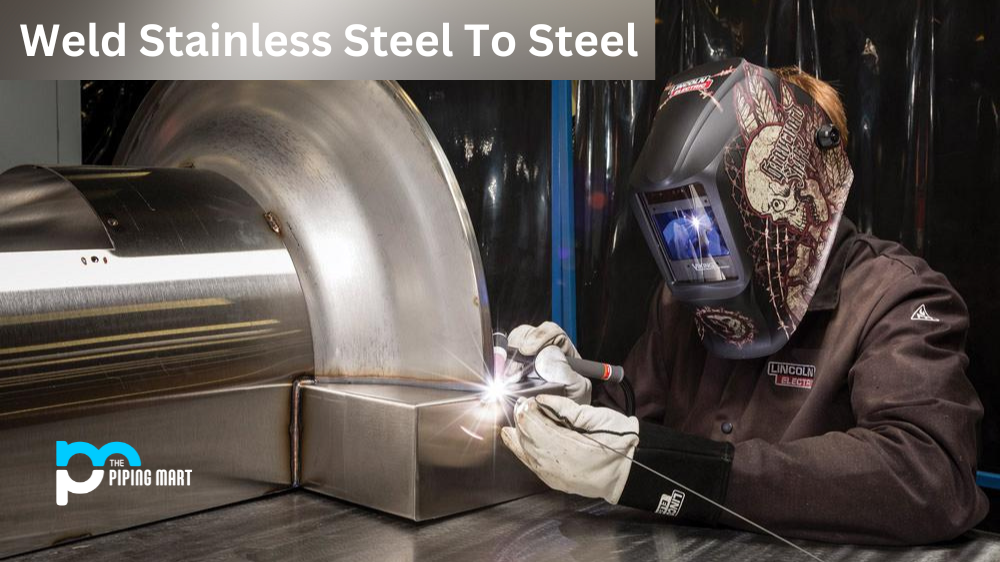Welding stainless steel and steel is possible, but it’s essential to understand each metal’s different properties and the best methods for welding them together. Knowing how to weld stainless steel and steel correctly will ensure a strong, durable bond. Let’s look at how you can successfully weld these metals together.
Welding Processes for Stainless Steel to Steel
The most common process for welding stainless steel and steel together is stick welding or shielded metal arc welding (SMAW). This process involves an electric current passing through an electrode (stick) which melts both metals as it passes through them, thus creating a bond between them. It is important to note that SMAW should not be used if the joint design requires deep penetration. In this case, MIG welding should be used instead.
MIG welding, also known as Gas Metal Arc Welding (GMAW), is similar in its process but differs in using a wire electrode that melts both metals more evenly than SMAW. Using gas with MIG creates a more reliable weld than SMAW and can penetrate deeper into the joint if required by the joint design. TIG welding (Tungsten Inert Gas) is another option that produces much cleaner welds than other processes because it does not require any filler material, as its heat source comes from an arc between two tungsten electrodes. However, TIG welding is often slower than other processes and may require additional time depending on the joint design.
Post-Weld Treatment
Once the weld is complete, it’s important to perform post-weld treatment on the joint such as passivation or pickling. Passivation involves immersing the joint in an acid bath for several minutes to remove any surface contamination or oxides that have formed during the welding process. Pickling consists in using a pickling paste or acid solution to remove any rust or surface contamination from the welded area before painting or coating it with a protective layer. Both treatments help ensure a strong bond between stainless steel and steel components and help prevent corrosion over time.
Conclusion:
Welding stainless steel and steel together can be done with various techniques and processes, including stick, MIG, and TIG welding methods. Choosing the right method based on your needs is essential since each offers different advantages when compared with others, such as speed of application, the strength of welds, etc. Before using any of these methods, you should also consider post-weld treatment, such as passivation or pickling, to ensure optimal performance of your welded joints over time. With proper knowledge and care when choosing materials and executing proper techniques, one can successfully weld stainless steel onto steel components for maximum durability and strength!

A passionate metal industry expert and blogger. With over 5 years of experience in the field, Palak brings a wealth of knowledge and insight to her writing. Whether discussing the latest trends in the metal industry or sharing tips, she is dedicated to helping others succeed in the metal industry.




